Galanthophile [n] /ɡəˈlanθə(ʊ)fʌɪl/
An enthusiastic collector and identifier of snowdrops (Galanthus).
The term galanthophile was first coined by British botanist and garden writer E. A. Bowles in his letter to Oliver Wyatt - a fellow keen collector of bulbs - which he addressed “Dear Galanthophil.” These days, while we may not specifically collect bulbs of snowdrops or their cultivars, I’m sure many of us would count ourselves as serious admirers of the snowdrop - being the first bloom of the year to emerge from the dull, dark Earth: a small Winter miracle.
With their wee, white, bell-shaped flowers and green leaves they certainly stand out in the sea of brown and grey of this Imbolc time of year. Snowdrops have been known by various names over the years but were first called Galanthus in 1753, from the Ancient Greek for “milk flower”. The word "snowdrop" itself is thought to be derived from German Schneetropfen - literally snow-drop - supposedly inspired by the name of the tear-drop shaped pearl earrings popular in the sixteenth and seventeenth centuries. Earlier names include “Candlemas bells” and “Fair maids of February”, after the time of year in which they appear. The flower is associated with this period of Imbolc, symbolising new life and regeneration in the Celtic Wheel of the Year.
The herbaceous plants are part of the Amaryllidaceae family (along with narcissi and agapanthus) and are bulbous perennials, with around 20 species. Most snowdrops flower before the Vernal Equinox, Ostara, around 20th March. First green shoots, then small white buds, then fragile flowers emerge - a tentative message that Spring is stirring beneath the Earth. The sight of the first snowdrops of the year is a welcome occasion; a herald of the changing tide of Winter, followed by crocuses then daffodils.
I know where my nearest snowdrop spots are on my daily commute here in the city and the day they appear is always a good one - a marker in the ritual passing of the seasons and nature’s cycle. Then suddenly whole clumps seem to appear as if overnight, a cheery sight to warm Winter-weary souls on dreich days.
En masse, snowdrops form impressive white and green carpets - particularly in areas where they are native. Across the UK there are snowdrop gardens and even snowdrop festivals during February. In Scotland the first Snowdrop Festival was in 2007, and you can see them at the Royal Botanical Gardens here in Edinburgh as well as Scotland’s Gardens Scheme - keep an eye on their website for details of garden open days.
Cambo Gardens in the East Neuk is home to an annual snowdrop festival where galanthophiles travel from near and far to see the stunning display along the scenic woodland walk down to Kingsbarns. It’s an annual pilgrimage of mine and was even more highly anticipated this year due to lockdown restrictions meaning we were prevented from visiting last year. If you’re local, I thoroughly recommend a day trip to visit the gardens just outside St Andrews. Take time to enjoy the walk past the fields of the East Neuk and through the ancient woodland down to the seashore to watch the waves (and the golfers). Stop to appreciate the majesty of the flowers en masse, but make sure you pause to notice some solo blooms in more unexpected places too - the crevice of a tree stump, thriving in upturned roots, peeping through a stone wall.
Make sure you visit Cambo’s walled garden too, which even in bare Winter has so much texture and interest. Plus there’s a glasshouse - need I say more? A trip to Cambo’s delicious veggie café comes highly recommended - particularly the vegan haggis sausage roll and pastéis de natas (Portuguese custard tarts). A thoughtful shop with produce from local makers, including everything from soaps to ceramics, and - of course - snowdrops for sale is the icing on the cake of Cambo’s thoughtful offerings, meaning you can take a wee piece of Cambo magic home with you.
Wherever you are, I hope you can seek out some snowdrops near you to remind you that, even on the stormiest days like today, Spring will come. I leave you with the words of American poet and fellow Galanthophile Louise Glück. Her poem ‘Snowdrops’ captures the very essence of humanity’s fragility and fortitude, symbolised by the humble but much-needed snowdrop at this time of year.
Snowdrops
Do you know what it was, how I lived? You know
What despair is; then
Winter should have meaning for you.
I did not expect to survive,
earth suppressing me. I didn’t expect
to waken again, to feel
in damp earth my body
able to respond again, remembering
after so long how to open again
in the cold light
of earliest spring —
afraid, yes, but among you again
crying yes risk joy
in the raw wind of the new world.
Louise Glück

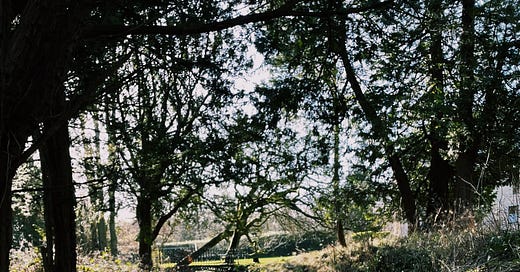


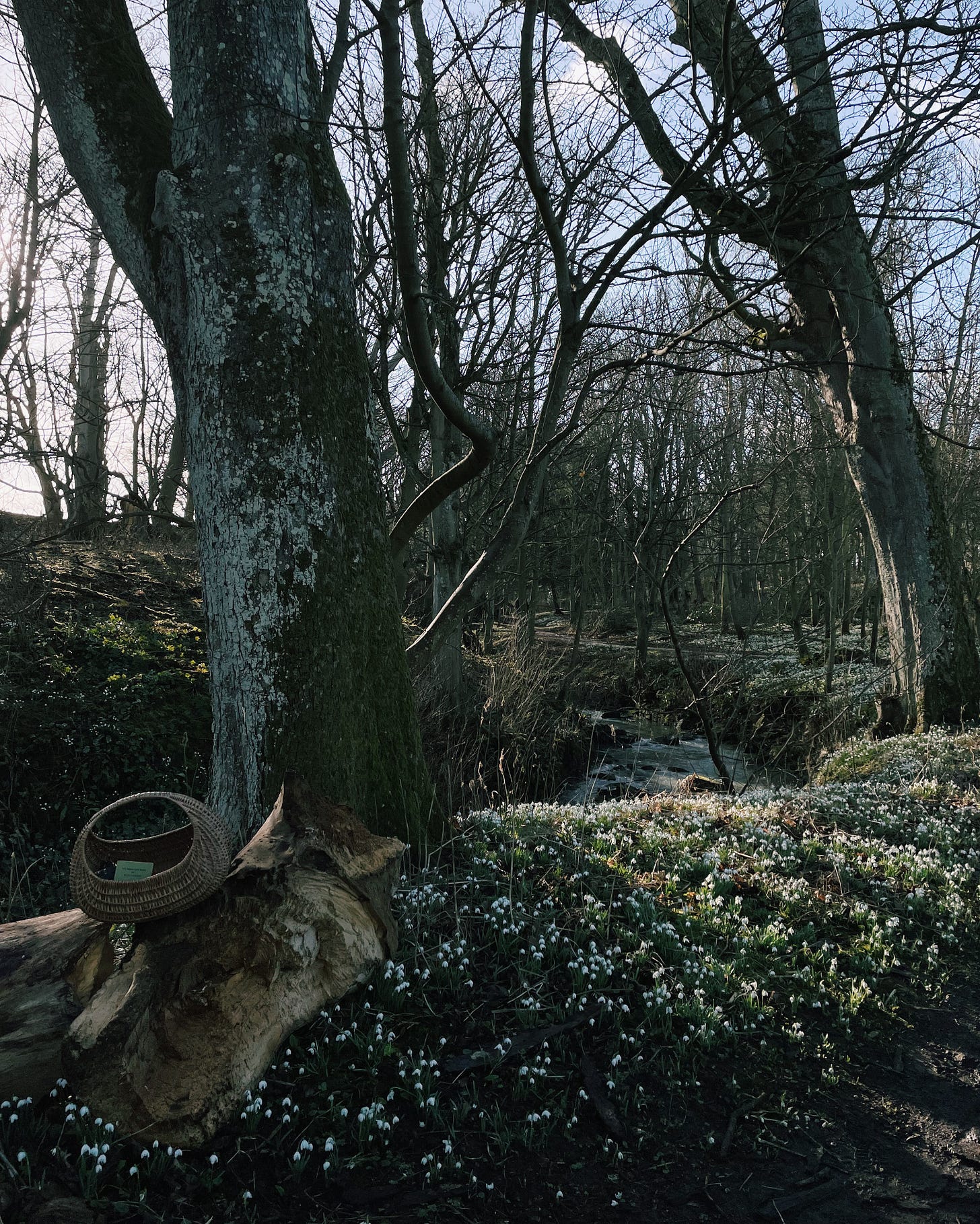

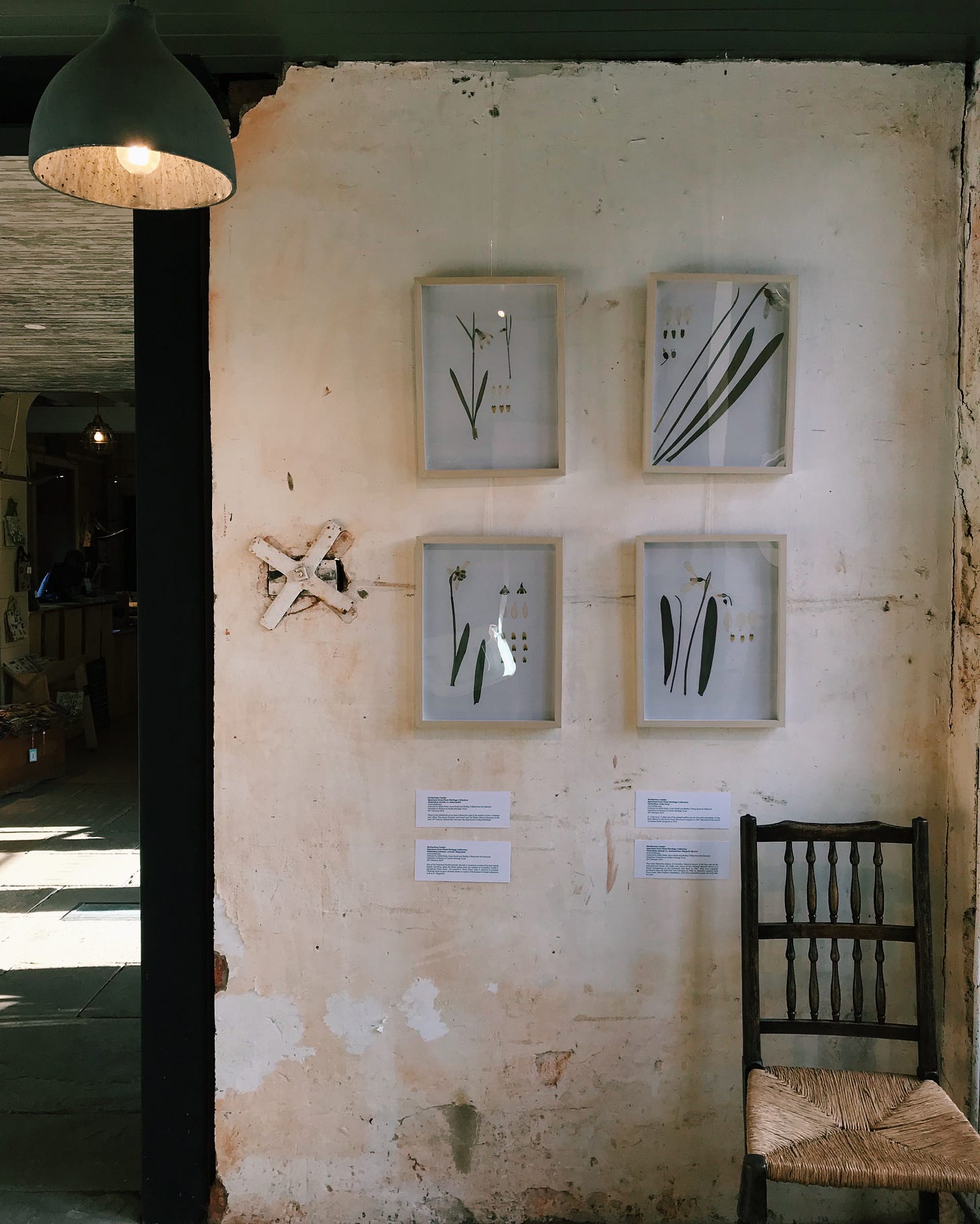
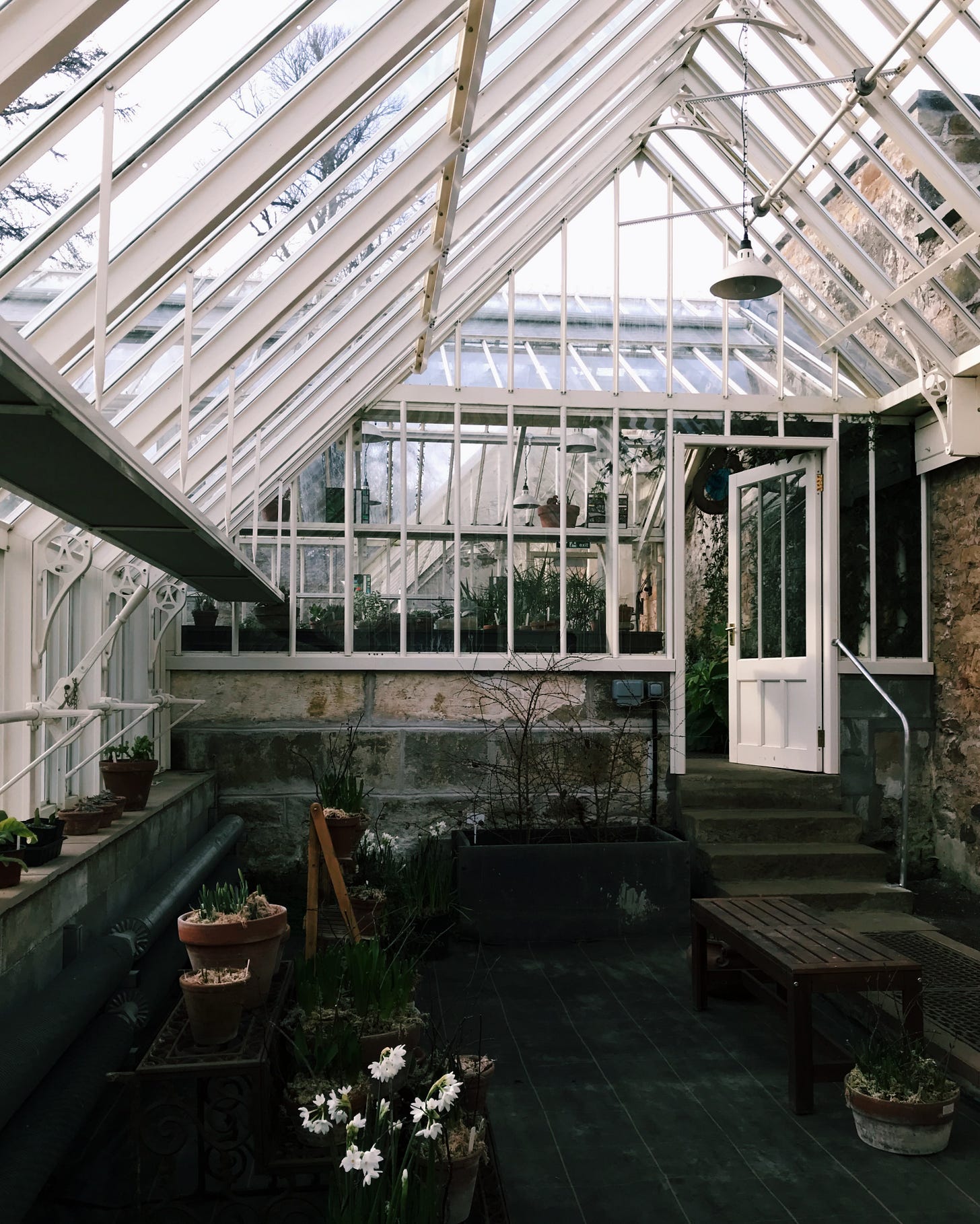
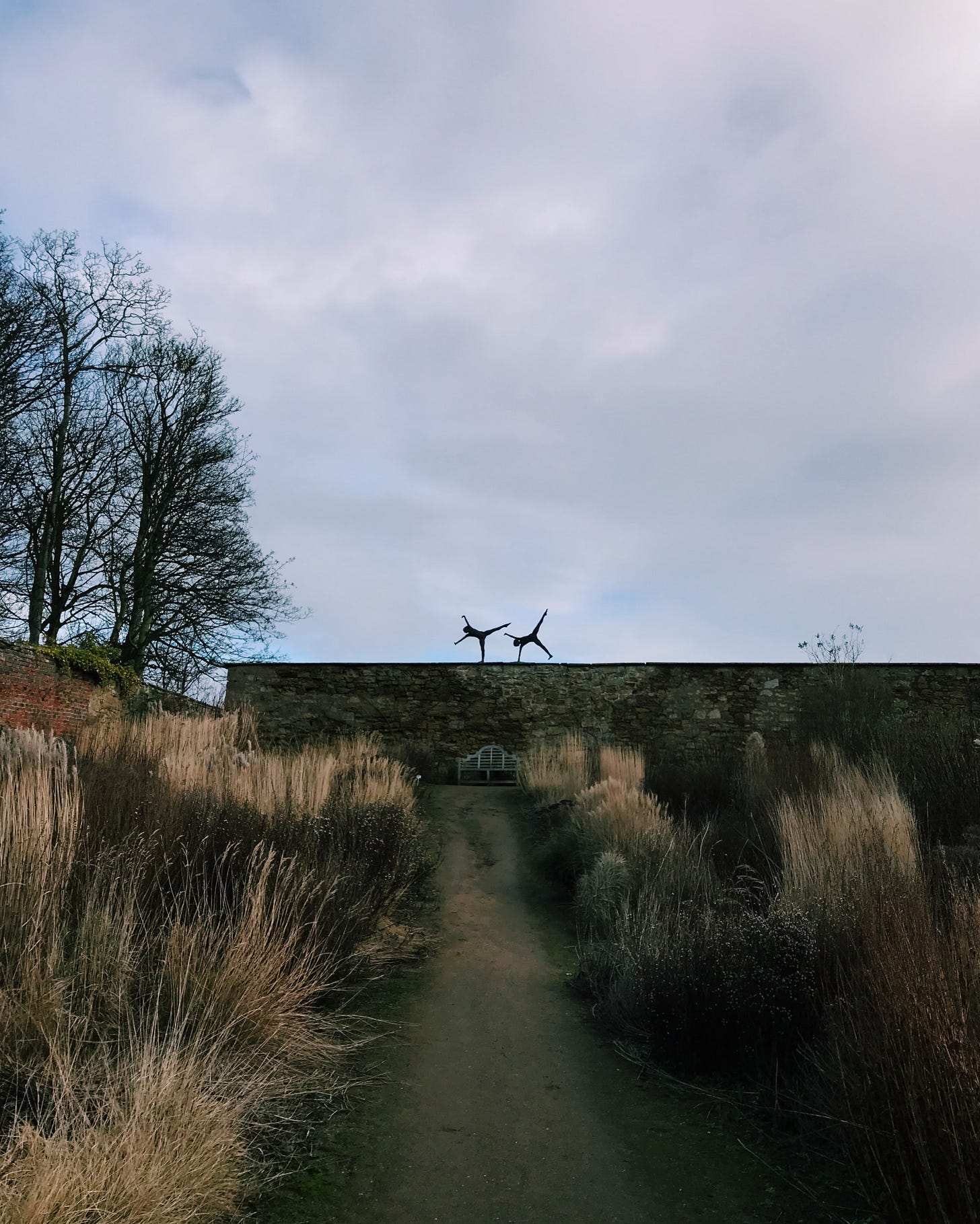
Snowdrops are the most delightful flowers. 💕💕
Snowdrops are the most delightful flowers. 💕💕